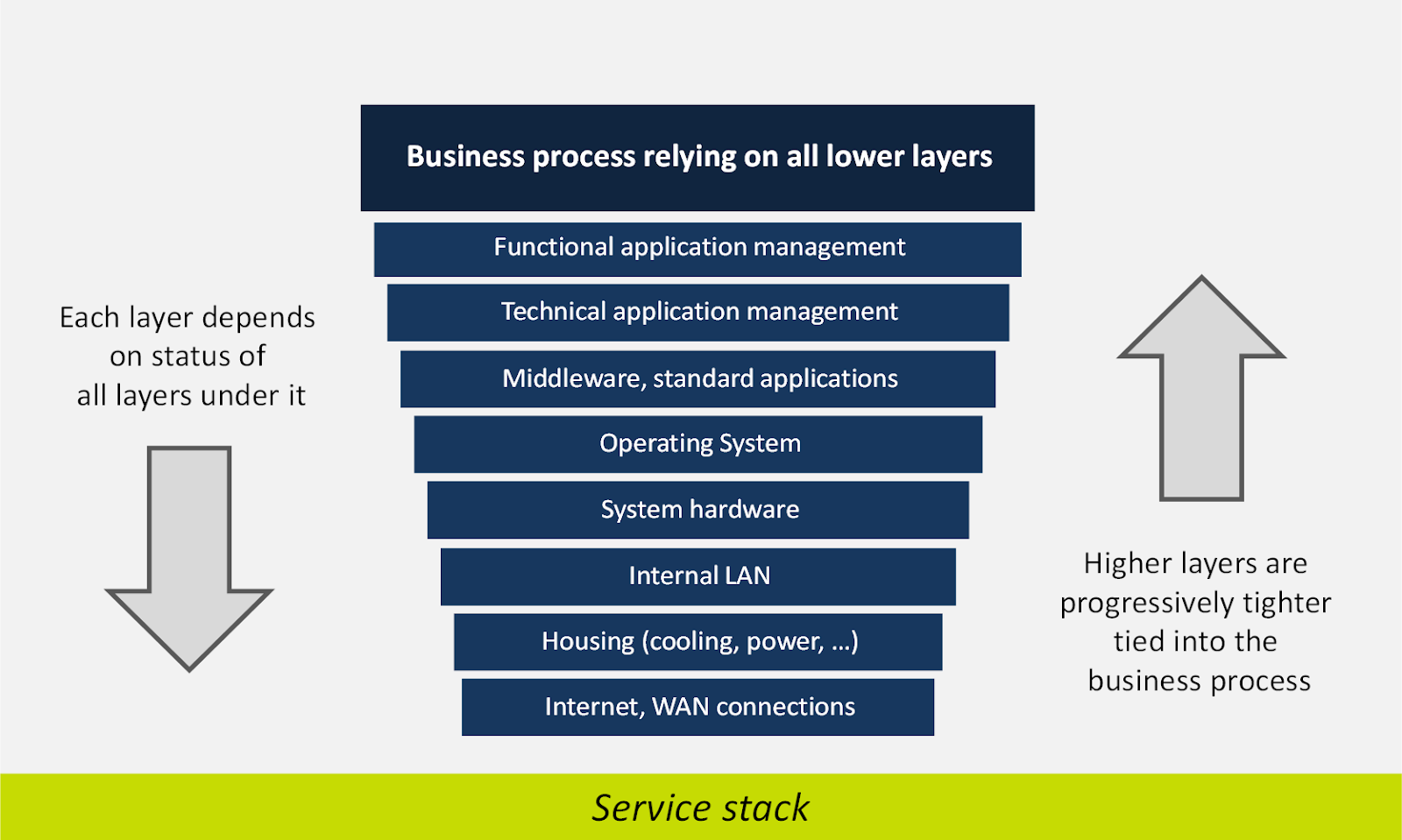Are new service provider models--combining connectivity and apps--emerging? Some point to the examples of Rakuten, the Japanese online e-tailer that also has entered the mobile service provider business, or Reliance Jio, which includes both the Reliance Jio mobile business and a collection of digital content, transactions and apps businesses.
Others would point to moves by telcos and cable companies into content ownership.
“Infrastructure is intersecting with digital services such as you have seen with Rakuten and Jio,” says Steve Mollenkopf, Qualcomm CEO.
Others might add moves by the likes of Google, Facebook into connectivity service provider businesses (satellite, fiber to the home, mobile service provider) or infrastructure (Telecom Infra Project) or devices (e-readers, smart speakers, video streaming devices).
In fact, what all those moves show is expansion across the internet value chain by app providers into connectivity services, infrastructure and device portions of the ecosystem. Connectivity providers have made some moves into new applications, primarily entertainment video, and some are hopeful about new roles in edge computing or the internet of things.
At least so far, one might well argue that it has proven easier for app providers to move into adjacencies than for connectivity providers to do so.
It might be a fruitful question to ask why that is the case, as any move into adjacent value chain roles involves moving outside the area of core competency. Such moves often also involve mastery of functions higher or lower on the protocol stack, so there is a possible challenge in terms of moving up the stack or down the stack.
 source: Vermont IT Group
source: Vermont IT Group
Some might argue it is--all other things being equal--easier to move down the stack than up the stack. When moving down the stack, the entity making the move is the “end user” or “business process” provider. Put simply, the advantage is that the business process provider knows exactly what it requires from lower levels of the stack.
Matters are different for an entity moving from lower in the stack to higher levels. Lower levels increasingly are “horizontal” in focus, designed to support literally any conceivable buyer, entity or business function. A connectivity network is designed to support any device or user with a need for internet protocol communications, or any device using a specific standard, such as 4G or 5G or Wi-Fi.
That is a lowest common denominator approach, and makes sense. In contrast, a business process provider knows precisely what it requires from lower levels, as those levels support its specific business. In many cases, it is not so much features but costs that are of concern.
As “same functionality, lower price” or “higher functionality, lower price” always is an easily understood value proposition, so too are business process provider value drivers when moving down the stack. The reason hyperscale app providers build and own their own subsea networks is that they get what they want at lower overall costs.
In other words, the business process provider knows precisely what it requires. The companies lower in the stack “have to guess” at what potential buyers will want, and have to be prepared to support all potential buyers (lowest common denominator) or optimize for a few verticals.
The lowest common denominator strategy offers the greatest potential scale, but also the least differentiation. That is one reason many believe network slicing--the ability to create custom virtual private networks with distinct performance characteristics--is important.
Network slicing might solve this problem (lowest common denominator versus optimized features), as experienced by connectivity providers.
There are some other, perhaps more subtle advantages for business process providers moving down the stack. Ubiquitous internet access helps app providers since their ability to gain and keep a customer requires internet access. That makes hyperscale app providers big supporters of ubiquitous, high quality, affordable internet access.
There are fewer obvious synergies for entities trying to move up the stack. It is hard to displace dominant suppliers in any of the stacks, so it almost always makes sense to specialize or differentiate when moving into any new adjacency, and especially up the stack.
But that also poses a problem of scale, as differentiation necessarily means aiming for a segment of the market. Essentially, that narrows the potential financial return. Consider the possible roles for connectivity providers as internet of things platforms.
Most would likely agree that no single provider can be successful in every business vertical. So Verizon has attempted to be a platform provider in the automotive space, and pitches its ThingSpace as a platform for connecting IoT devices to Verizon’s network. Some might note that the “platform” is mostly subscriber identification modules providing the communication function on Verizon’s mobile network. Some will question whether that is what it meant by the term “platform.”
Still, possible moves up or down the stack seem a growing issue for some tier-one service providers, simply because revenue growth opportunities in the core business are reaching, or already have reached, saturation. That can be seen in the percentage of total revenue coming from outside the communications service core.

source: GSMA
As this chart suggests, tier-one service providers are betting on growth outside their legacy communications core, and many have made substantial progress.
If it is true that infrastructure and apps/content businesses are becoming synergistic, we can expect to see more moves blending the two--connectivity and apps--in the future, under common ownership.
